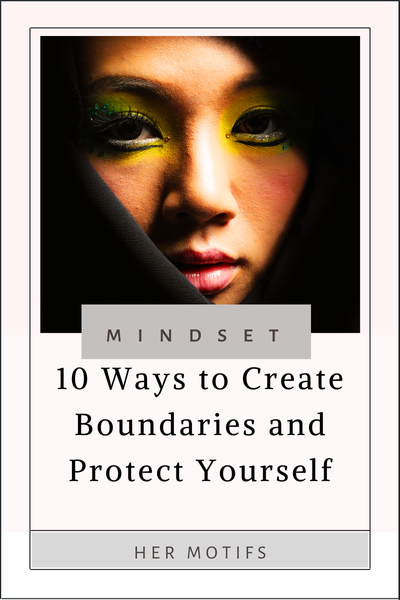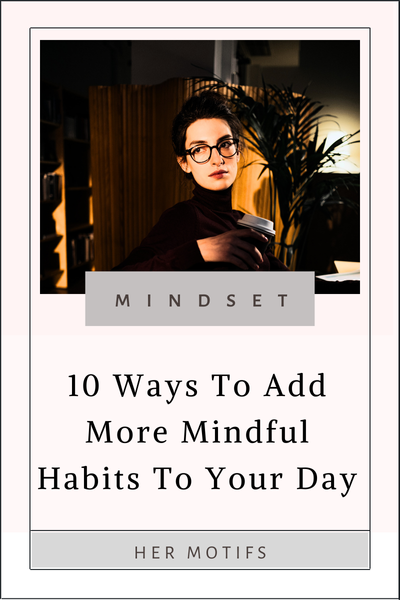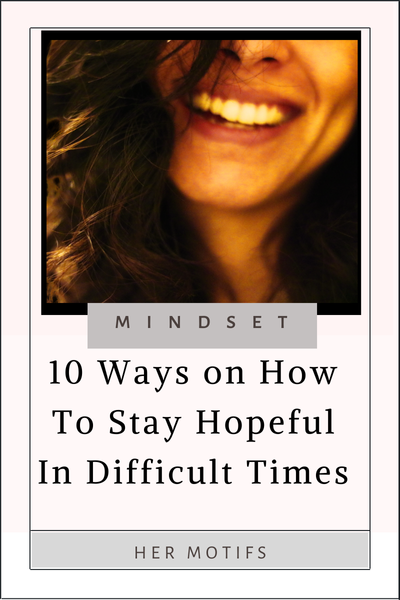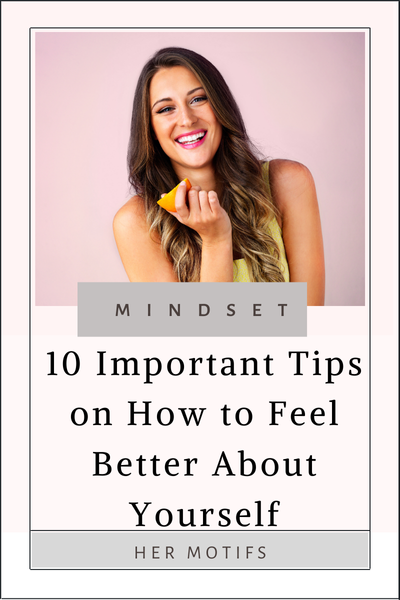10 Ways How to Create Boundaries and Protect Yourself
How to Create Boundaries and Protect Yourself, is truly a superpower that everyone should have and know how to use. Do you ever feel like people are walking all over you? Like your needs and feelings are constantly being put on the back burner? If so, you might be struggling with setting boundaries. I’ve been there, and trust me, learning how to create boundaries is one of the most empowering things you can do for yourself.
Boundaries are essential for maintaining healthy relationships and protecting your emotional well-being. But if you’ve always been a people-pleaser, setting them can feel downright scary. The good news is that with practice, you can learn to establish and maintain boundaries that keep you safe and respected.
Table of Contents
Tools Create Boundaries
Establishing boundaries starts with clearly identifying your values and limits, then communicating them assertively yet respectfully to other. Regularly evaluate your boundaries and enforce them consistently to protect your energy, build self-respect, and maintain healthier connections.
 Become Bullet Proof
Become Bullet Proof
This book is a MUST READ to anyone that is looking for self development Our emotions play a vital part, as protective shield or a display of fear.
- How we fear
- Harnessing Fear
- Mental Armor
- Mental Resilience
- Be your own shift agent
- The Secret Service Mindset
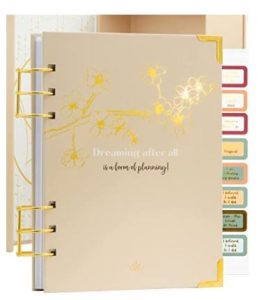 Daily Goals Journal
Daily Goals Journal
The book has over 100 Lists to Inspire and Motivate Your Growth and help you progress your goals
- Undated Weekly and Monthly Productivity Planner
- A5 Size Refillable To Beat Procrastination
- Easy to Organize different types of goals and milestones or brain dumb activities
 Master Your Beliefs
Master Your Beliefs
A Practical Guide to Stop Doubting Yourself and Build Unshakeable Confidence
- How to effectively to transform your life
- The five characteristics of belief (and why they matter)
- The specific Belief Formula that will bolster your confidence
- The #1 meta-belief that will change everything for you.
- The seven core beliefs that will transform your life
 Master Your Emotions
Master Your Emotions
This book showcases how to best deal, process and release negative emotions It gives you the power to navigate negative emotions.
- Over 100,ooo copies sold
- 31 simple coping strategies
- A formula to reprogram your mind
- How to make your emotions work FOR you.
- A free downloadable workbook, and much, much more!
1. Understand What Boundaries Are
Before you can set boundaries, you need to understand what they are. Boundaries are the limits you set for yourself in relationships, whether with friends, family, or colleagues. They define what behavior is acceptable and what isn’t. Soul searching and identifying principles or power principles that are valuable to you, should truly be part of your focus and reconfigure where you want to place the boundaries.
.
2. Reflect on Your Needs and Limits
Take some time to reflect on what’s important to you. What are your non-negotiables? What makes you uncomfortable? Understanding your needs and limits is the first step in setting effective boundaries, and also include your emotional needs.
Think About It: Have you ever felt drained after hanging out with someone? That’s your body’s way of telling you that your boundaries might have been crossed. Pay attention to those feelings—they’re your guide.
Pro Tip: Keep a journal to track situations where you feel uncomfortable or taken advantage of. This will help you identify patterns and areas where boundaries are needed.
.
3. Start Small and Build Confidence
Setting boundaries doesn’t have to be a grand gesture. You can start small by saying “no” to minor requests or asserting your preferences in low-stakes situations. This will help you build the confidence to set more significant boundaries.
Pro Action: from your list of priorities and where you want to set boundaries, it may be best to track what that entails for you. Be kind to yourself, for habits to turn into boundaries, this may take time.
.
4. Be Clear and Direct
When setting boundaries, clarity is key. Be direct about what you need and why it’s important to you. Don’t leave room for misunderstanding.
Example: Instead of saying, “I don’t really like it when you call me late at night,” try, “I need to rest at night, so I won’t be answering calls after 9 PM.” See the difference? One is clear and leaves no room for misinterpretation.
Pro Tip: Practice what you’re going to say beforehand. It’ll help you feel more confident and less anxious when the time comes to set the boundary. Being nice is lovely, but being nice can even lead to being mistreated.
.
5. Use “I” Statements
When communicating your boundaries, use “I” statements to express how you feel and what you need. This approach is less likely to make the other person feel attacked and more likely to lead to a constructive conversation.
Example: Instead of saying, “You always interrupt me,” say, “I feel unheard when I’m interrupted. I’d appreciate it if you could let me finish speaking.”
Why It Works: “I” statements focus on your feelings and experiences, making it easier for others to understand where you’re coming from without getting defensive.
.
6. Don’t Apologize for Setting Boundaries
You have the right to set boundaries without feeling guilty. Don’t apologize for protecting your well-being. Remember, boundaries are about self-respect, not selfishness.
Real Talk: Do not apologize every time you set a boundary, as if you are doing something wrong. You are perfectly entitled to protect yourself.
.
7. Be Prepared for Pushback
Not everyone will be thrilled when you start setting boundaries, especially if they’ve been benefiting from your lack of them. Be prepared for some pushback, but don’t let it deter you, especially when you are unleashing your potential.
Real Talk: When you start setting boundaries, a few people may not like it and may get some pushback, or even losing some relationships.
Pro Tip: Stay firm in your boundaries, and don’t feel pressured to explain yourself. Those who respect you will understand.
.
8. Practice Self-Care
Setting and maintaining boundaries can be emotionally draining, especially at first. That’s why it’s crucial to practice self-care. Make sure you’re taking time for yourself to recharge and process your feelings.
Think About It: Boundaries are a form of self-care, but they’re not the only one. Make sure you’re also engaging in activities that make you feel good, whether that’s taking a walk, reading a book, or simply relaxing.
.
9. Know That It’s Okay to Walk Away
Sometimes, no matter how clear your boundaries are, people will refuse to respect them. When that happens, it’s okay to walk away from the relationship or situation. Protecting your peace is more important than keeping everyone happy.
Pro Tip: You should be prepared to deal with situations where your boundaries are have been crossed over, sometimes you may have to let go friendships for your own well-being.
Why It Matters: Walking away doesn’t mean you’re giving up. It means you’re choosing yourself, and that’s a powerful act of self-love.
.
10. Celebrate Your Progress
Setting boundaries is hard work, so don’t forget to celebrate your progress! Every time you set a boundary, you’re taking a step toward a healthier, happier life. That’s something to be proud of.
Quick Tip: Keep a journal of your boundary-setting successes. Reflect on how far you’ve come and how much stronger you feel. It’s a great way to stay motivated and keep pushing forward.
.
Conclusion
Remember, setting boundaries is a journey, not a destination. It takes time, practice, and sometimes a little courage. But the more you do it, the easier it becomes. And the more you’ll realize just how powerful you really are.
- 100 Valentine Lovers Questions - February 24, 2025
- 2025 New Year Growth Quotes - February 24, 2025
- 2025 Inspiring Self Love Quotes - February 24, 2025
